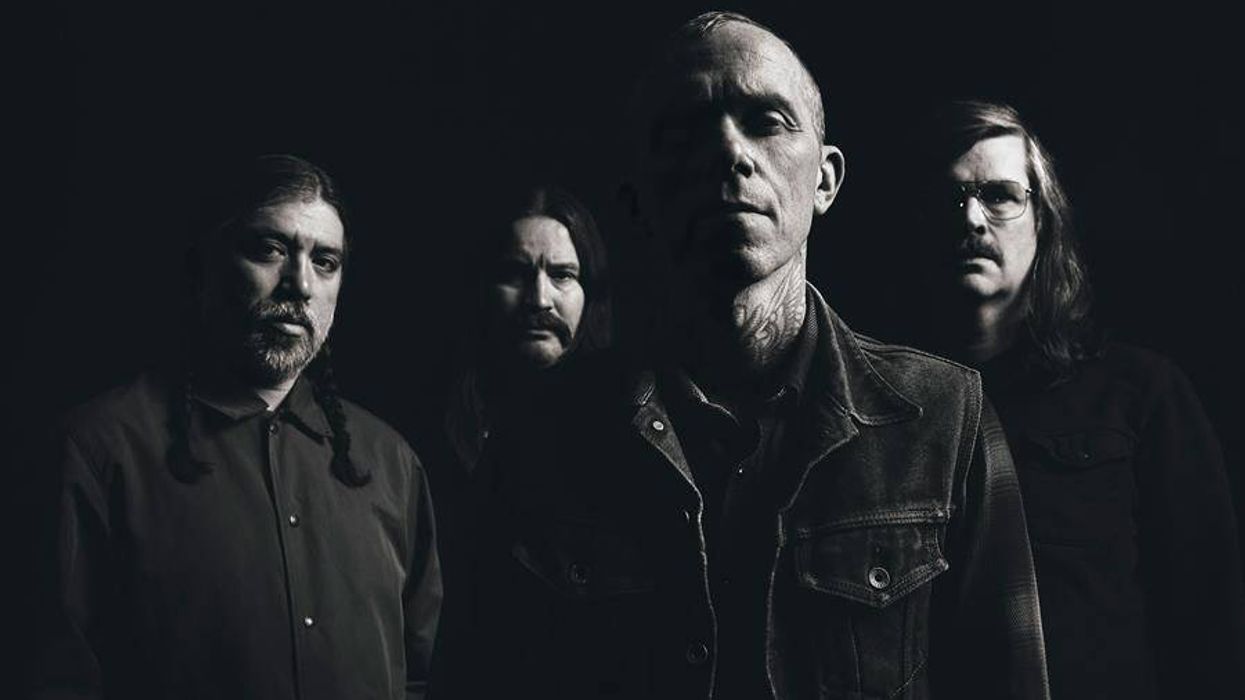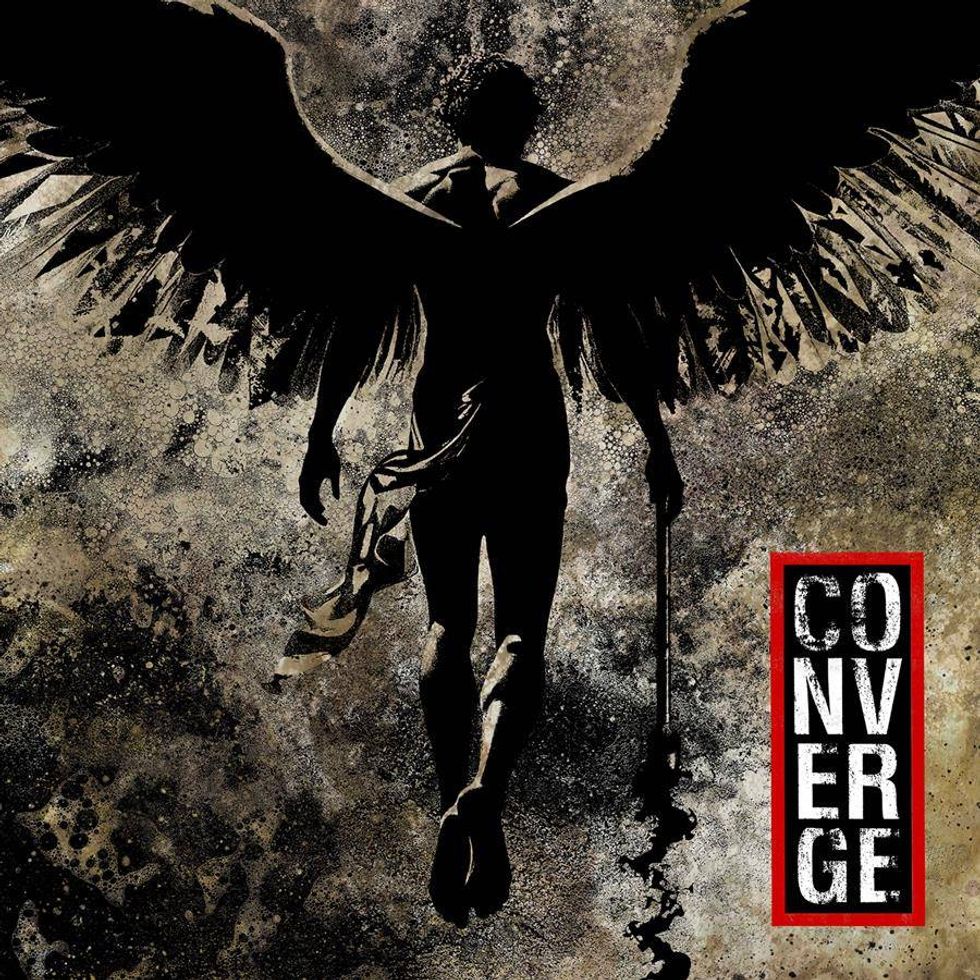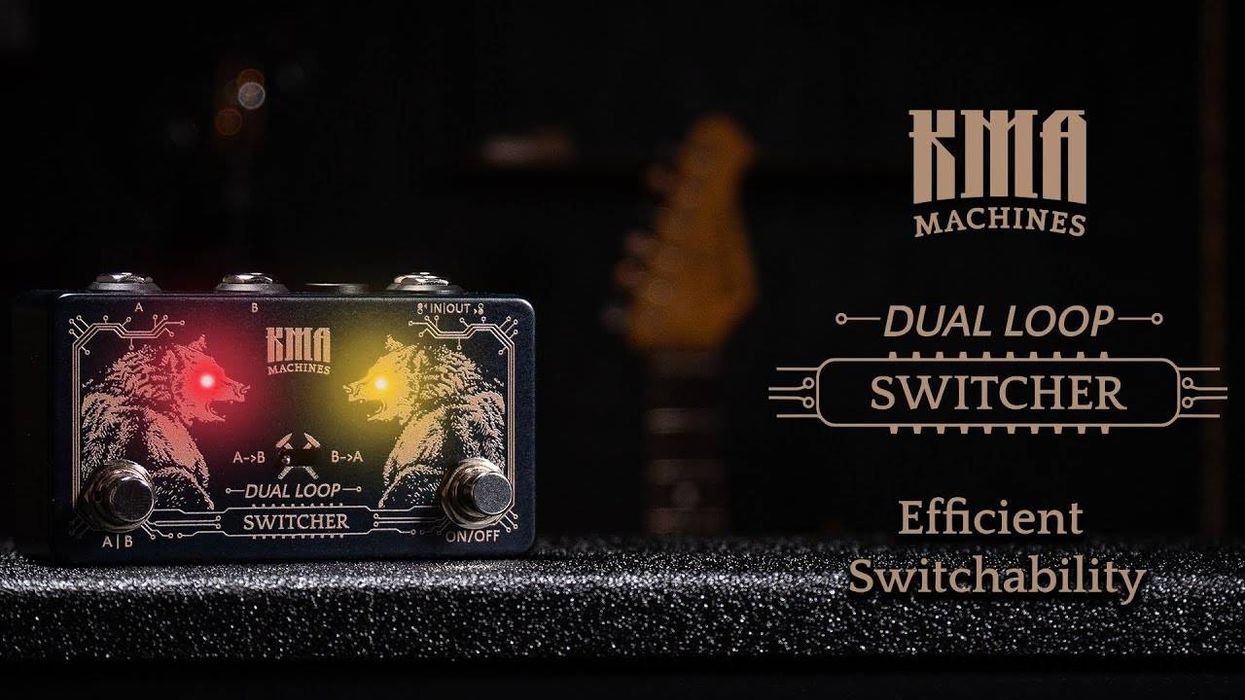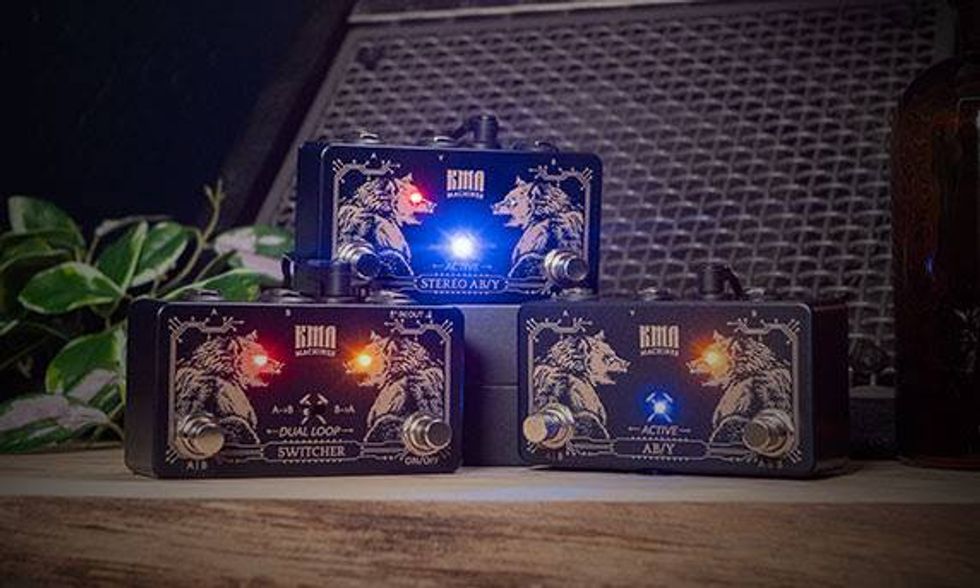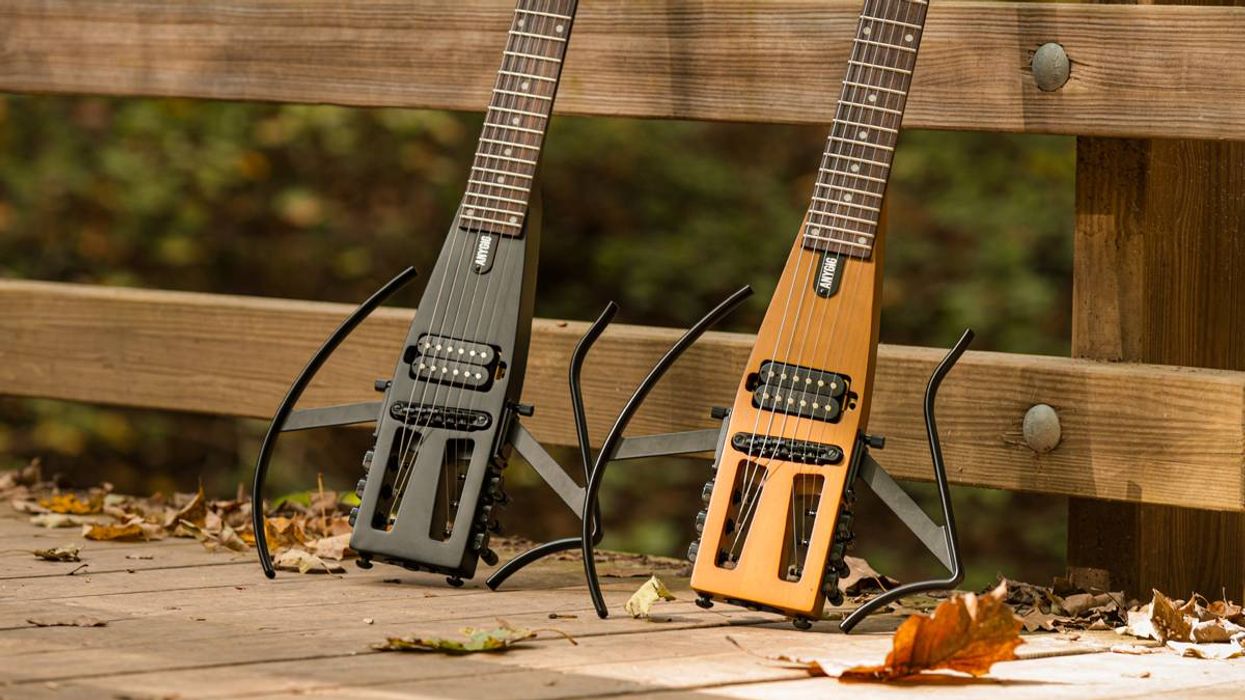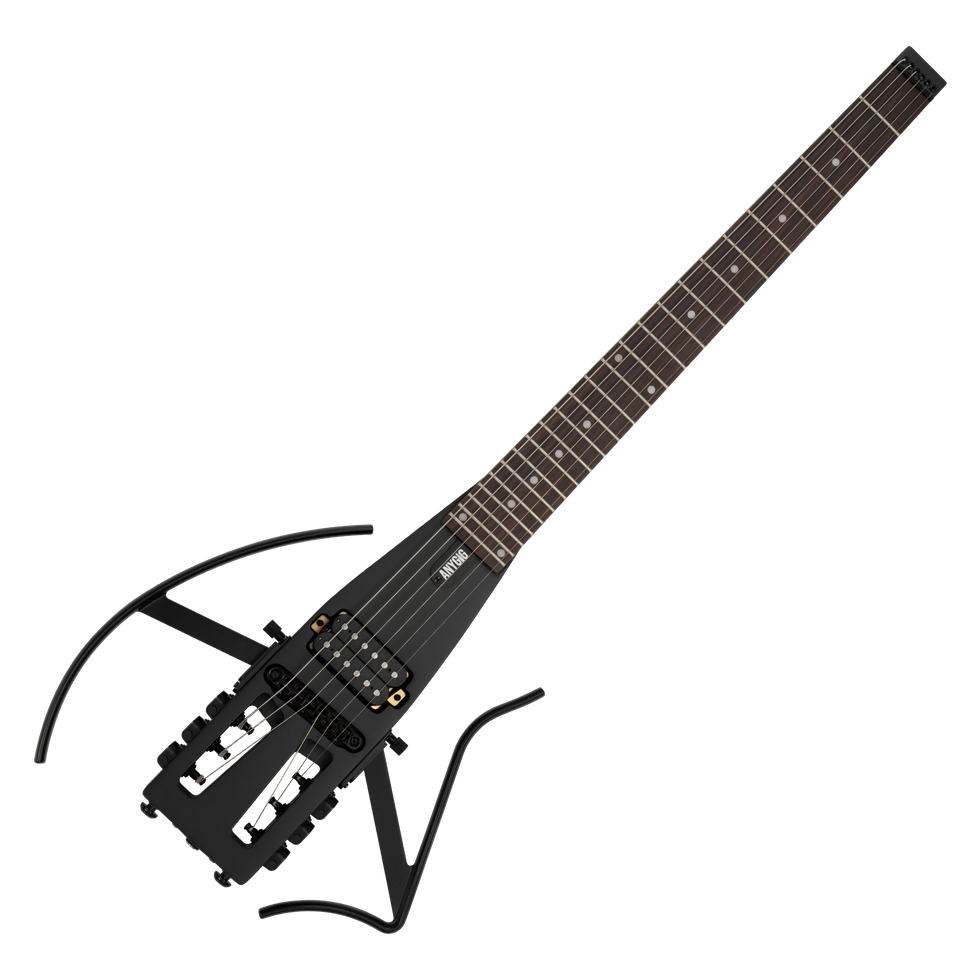Based on the workflow secrets of session stars who need to get the perfect tone in seconds, Tilt Boost quickly allows you to simultaneously adjust bass & treble on one ‘Tilt’ knob to increase clarity, all while applying up to 20dB of touch-sensitive, musical boost.
Aiming to deliver “your new always-on pedal,” Canadian designers Revv Amplification are back with a compact take on their award-winning Shawn TubbsSignature Series Tilt Overdrive. Based on the workflow secrets of session stars who need to get the perfect tone in seconds, Tilt Boost quickly allows you to simultaneously adjust bass & treble on one ‘Tilt’ knob to increase clarity, all while applying up to 20dB of touch-sensitive, musical boost. Tilt Boost even adds a new Drive voice which introduces a fat clipping sound inspired by Shawn’sfavorite setting of Tilt Overdrive, so you still have a dirty option in this standalone pedal. Players have been requesting a standalone Tilt Boost ever since Tilt Overdrive debuted, & when it comes to size, maintaining the integrity of your favorite amp sound, & turning knobs - less is absolutely more.
The Revv Amplification Tilt Boost features:
- Take Control Of Your Tone - Powerful, colorful tone sculpting with Tilt control based on Shawn Tubbs’ award-winning Tilt Overdrive.
- Innovative Tilt EQ - effortlessly control low end, add musical clarity, & get the perfect feel every time.
- Bring Your Rig To Life - slots directly into your existing setup to improve your workflow.
- Your New ‘Always On’ - All-analog 9v Tilt Boost w/ new Drive voice made in Canada.
- Boost & Tilt EQ controls, 3-position Tight switch, & 2-position Drive switch.
- 9v center negative external power supply operation, 18mA minimum.
- Compact charcoal black powder-coated matte metallic enclosure w/ top jacks.
- Manufactured in Canada to rugged quality standards w/a 2-year registered limited warranty.
The Revv Amplification Tilt Boost has a street price of $169 USD. It can be purchased through many fine dealers worldwide or directly at Revv Amplification starting April 13, 2023.
For more information, please visit revvamplification.com.
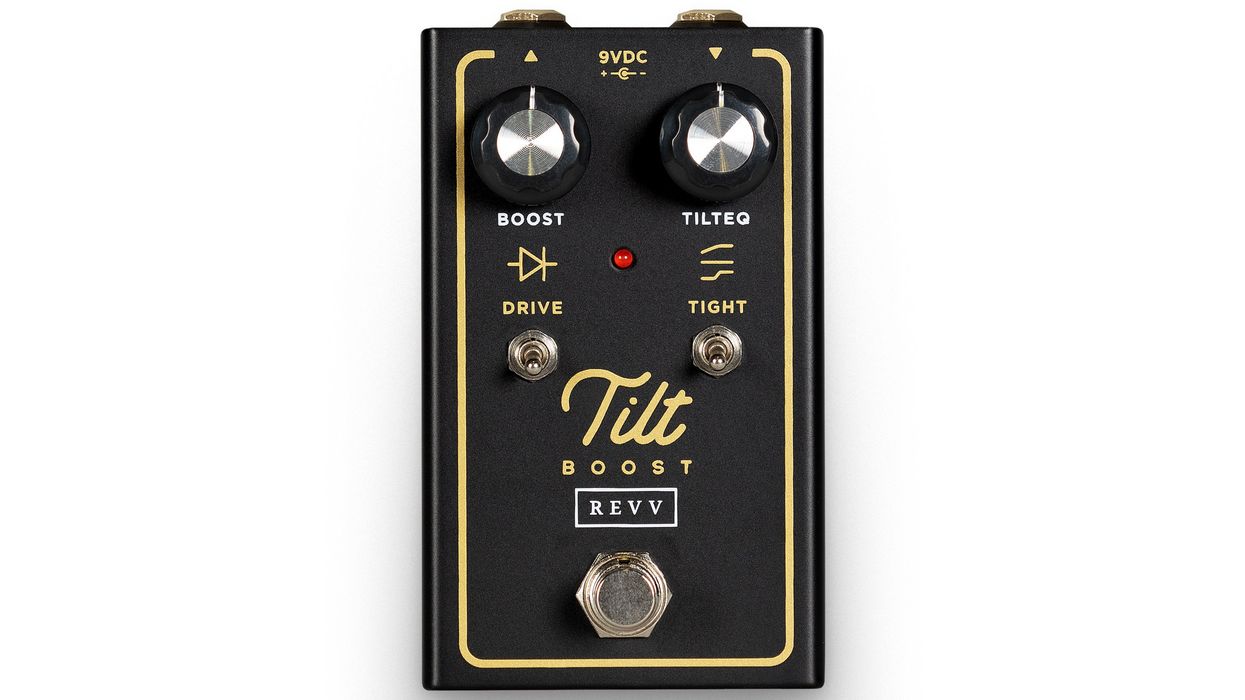
 Tilt Boost
Tilt Boost

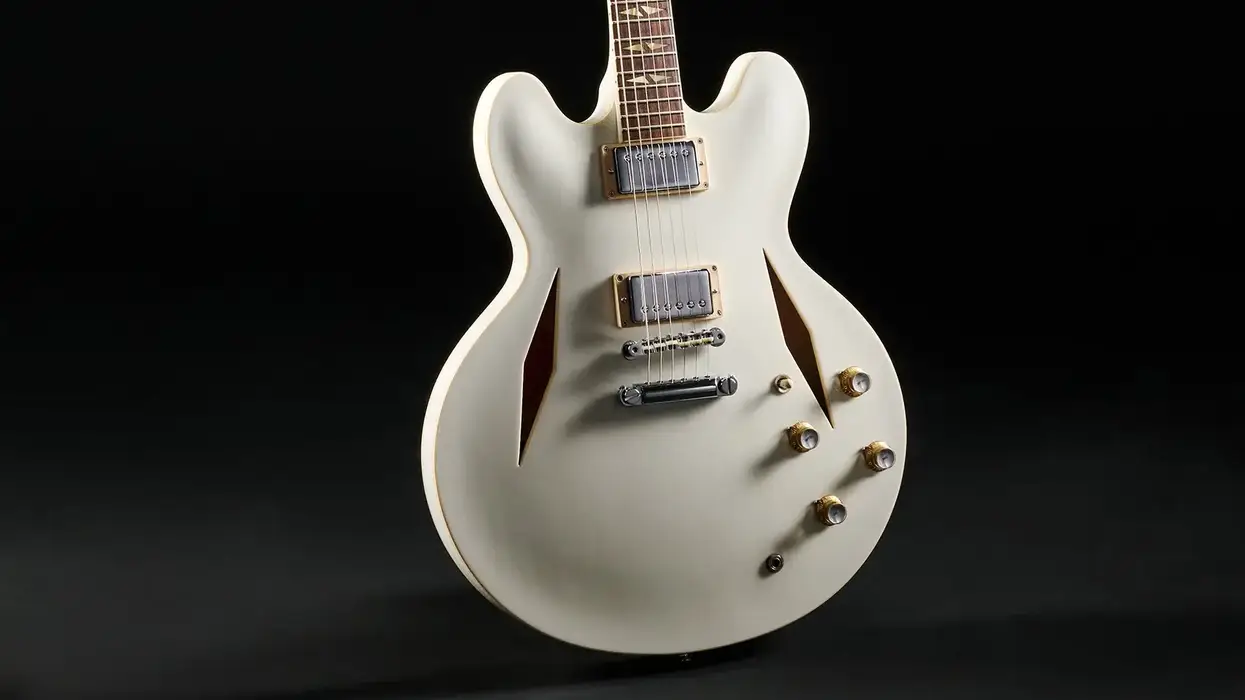

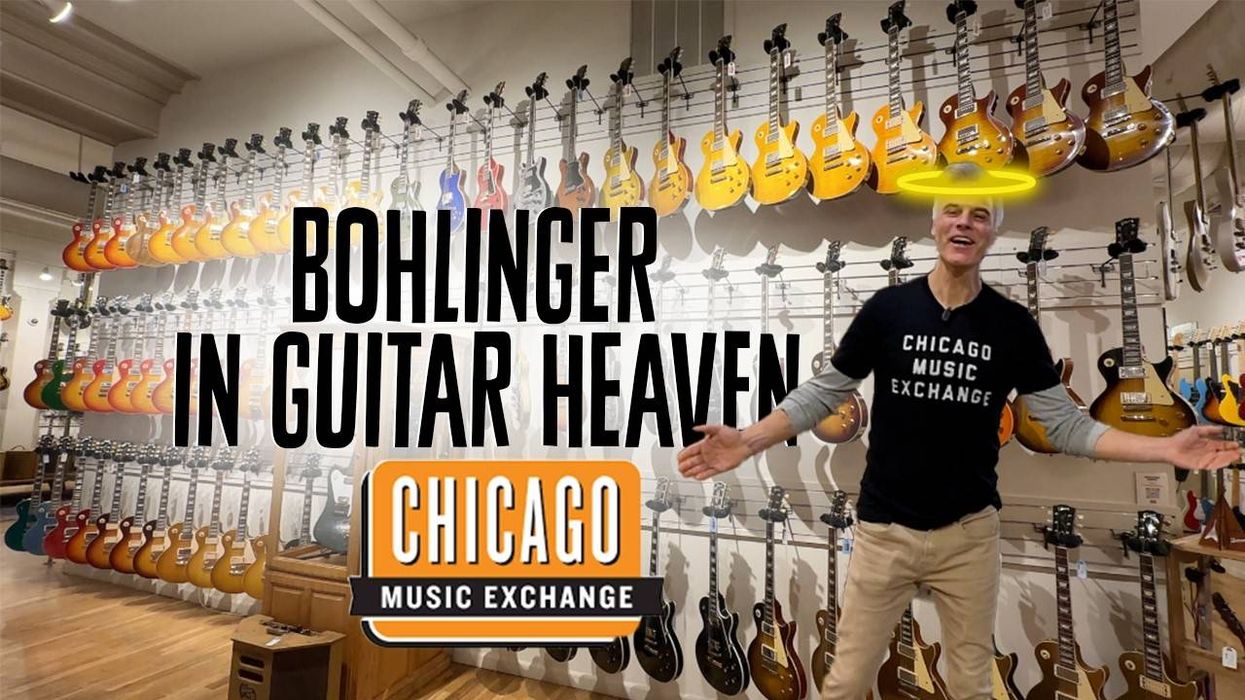
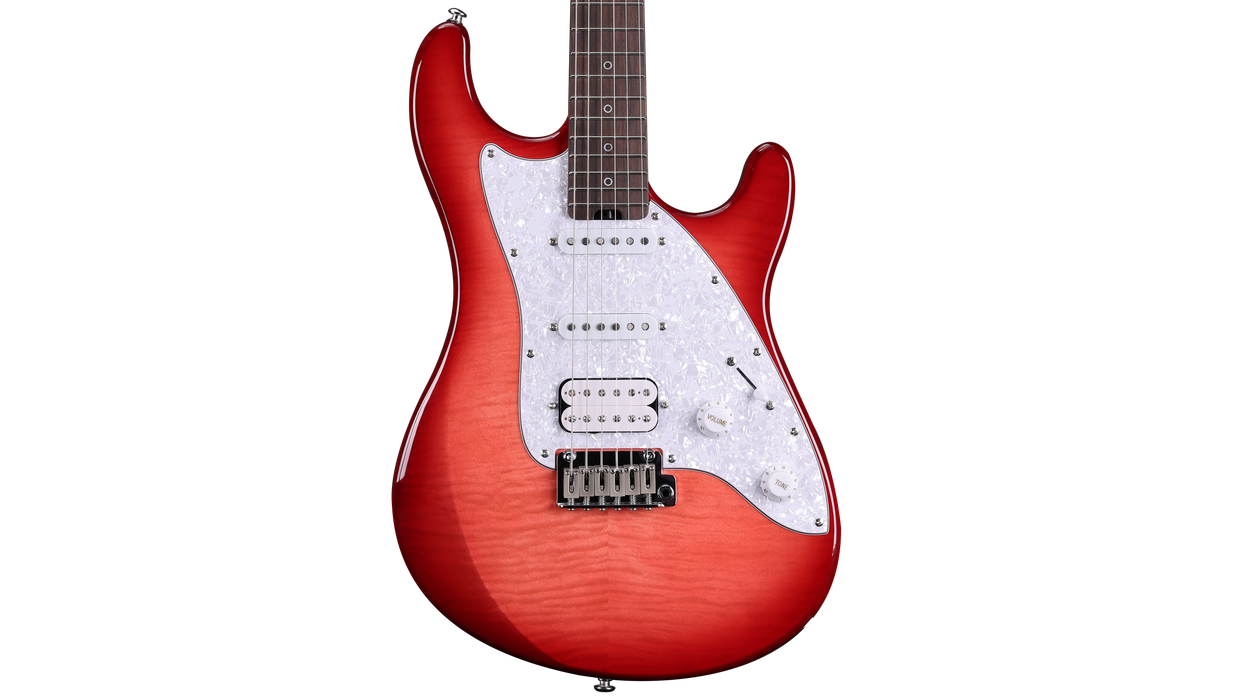
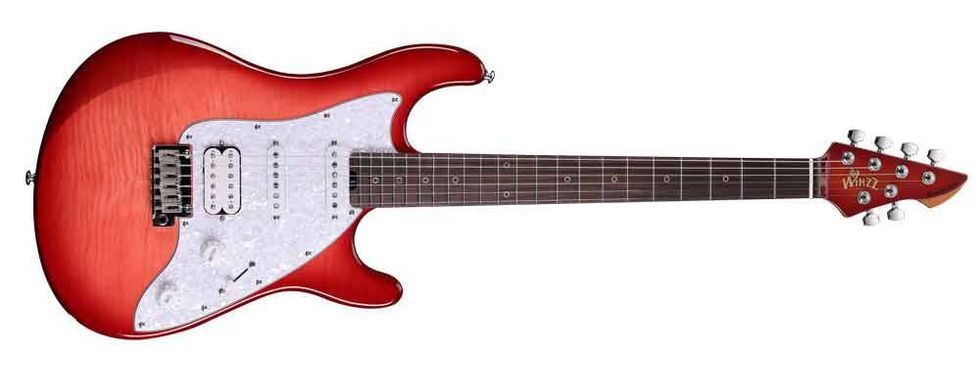
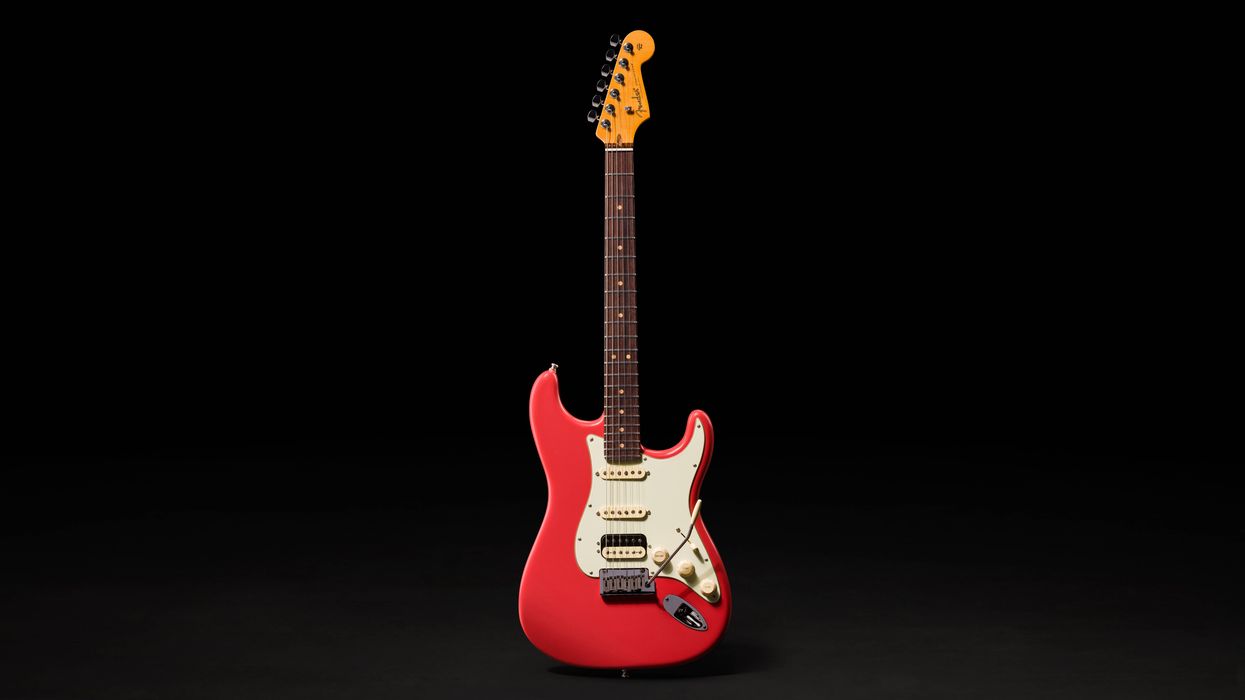
![Rig Rundown: AFI [2025]](https://www.premierguitar.com/media-library/youtube.jpg?id=62064741&width=1245&height=700&quality=70&coordinates=0%2C0%2C0%2C0)

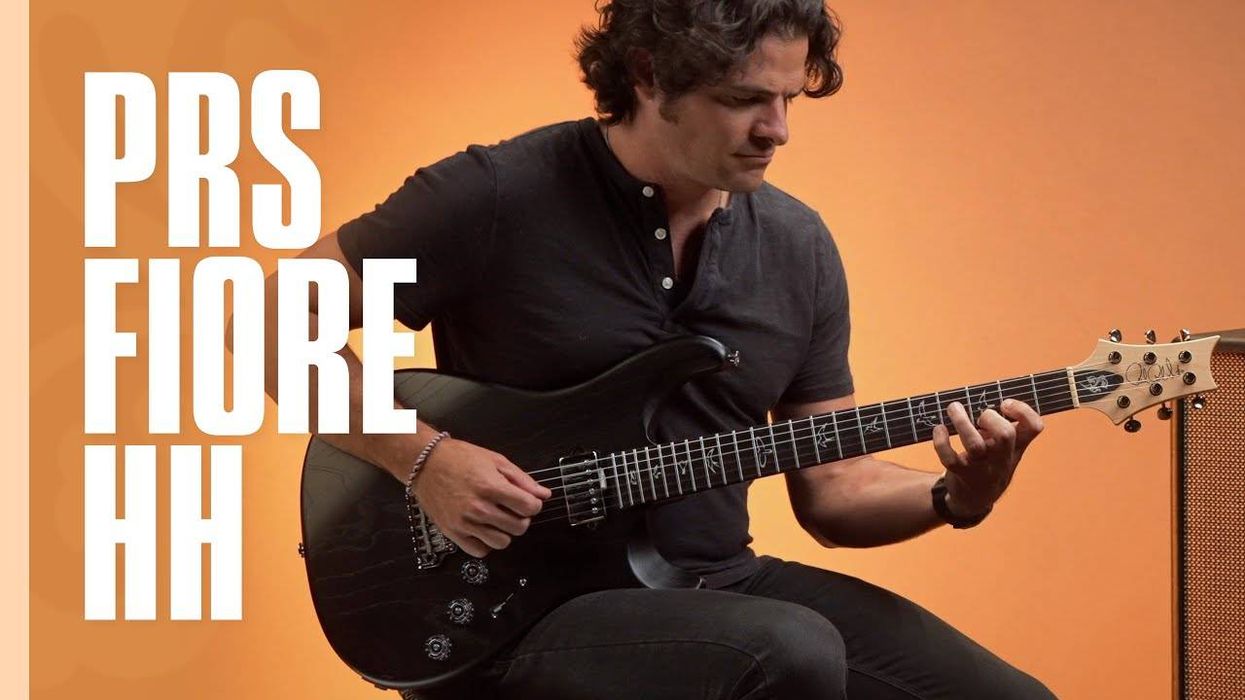
![Devon Eisenbarger [Katy Perry] Rig Rundown](https://www.premierguitar.com/media-library/youtube.jpg?id=61774583&width=1245&height=700&quality=70&coordinates=0%2C0%2C0%2C0)

